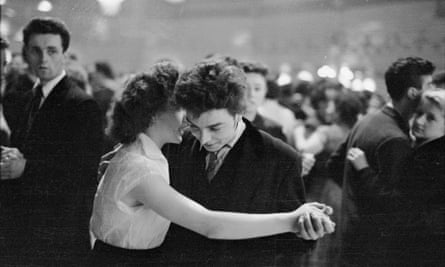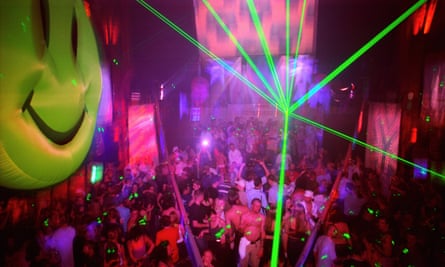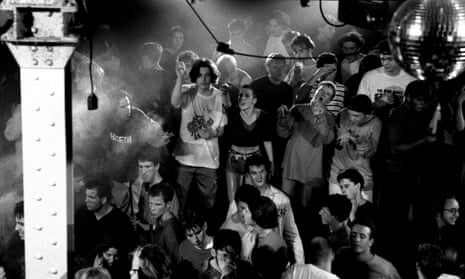Back in the day – I mean, back before indie, house, hip-hop or Motown – the first humans would roll away their stones, leave their caves and party. Close to a roaring fire and under the stars – the best light show of all time – our ancestors, tucking into their hoard of hallucinogens or intoxicants, would gather to dance the night away.
Is that primal and perennial urge really disappearing, as evidenced by recent reports of nightclubs closing and the publication this week of the results of the Guardian’s survey of almost 200 millennials, which suggest that Generation Y are the stay-in rather than rave-on generation?
In mid-19th-century Sheffield, a 4,000 capacity music hall was built before anyone had got around to building a town hall, such was the demand from the working poor in the industrial north to be able to escape into hedonism after a week worked to a cinder by factory bosses.
The 1920s jazz craze became a national habit in the 1930s. Every town and city had at least one plush, palais-style dance hall (many of them run by the Mecca corporation). When war was declared in September 1939, dance halls were immediately closed – but the measure lasted less than a month. A journalist writing in Melody Maker during the war described going out dancing as “a symbol of freedom of expression; a right to enjoy the simple things of life without fear”.
The early 60s are considered a golden era for a generation enjoying full employment, some disposable income and rock’n’roll. But the established operators considered otherwise. They were at a loss to understand why young people were forsaking the smooth swing of the big band orchestras in order to listen to beat groups in scruffy cellars stinking of disinfectant and stale onions. In the first three years of the 1960s, more than 50 Mecca dance halls closed and became bingo halls. So, if we’re in changing times, we’ve been there before.

Last year, the Association of Licensed Multiple Retailers expressed their regret at the number of nightclubs closing in Britain’s high streets. In 2005 there were 3,144, now there are around half that number. But perhaps some self-evaluation would have been useful; some acknowledgment that, owing to changes in licensing laws and the resourcefulness of promoters and music lovers, potential customers had more choice. And that customers were exercising that choice by staying away from the high-street nightclubs.
There are still examples of traditional nightclubs, where girls dance around handbags encircled by predators, but high-street nightclub owners no longer have venues with mass appeal – just as the livelihoods of Mecca dance hall operators were ruined by the likes of the Cavern. Currently, one of Manchester’s most successful venue operators, Trof, run a venue under a railway arch (Gorilla), another (the Deaf Institute) in a former school for the deaf, and a third (Albert Hall) in an ex-chapel. I’ve seen all of them full, but I’ve never heard anyone call any of them a “nightclub”.
Live music is one of the few booming sectors in the music industry. Some of the respondents to the Guardian survey go out to watch live music. Others, like many of their peers, choose to get their fix of loud music and communal good vibes at festivals, organising their finances and days off work for a British festival or a long weekend in Berlin.
The motivations for going out, in every era, have included the promise of romance and opportunities for liaisons. It’s true that young people can hook up with potential partners online and via various apps, but the young people in the Guardian survey don’t seem to regard online interaction as a substitute for a social life. If anything, social media help and encourage people to organise events and engineer nights out.

Life after dark is not for everybody, as Morrissey of the Smiths documented in How Soon Is Now? (“You stand on your own, and you leave on your own, and you go home, and you cry and you want to die”), although I do recall him at the Haçienda being borderline sociable on at least two occasions. But despite the anxieties, the cost and the many alternative options, in the cities I’m most familiar with – Manchester, Liverpool and Sheffield – there are many dozens of venues and scenes thriving; attracting millennials with a shared joy of going out, listening and dancing to music that’s overwhelming – and deep in our human DNA.

Comments (…)
Sign in or create your Guardian account to join the discussion